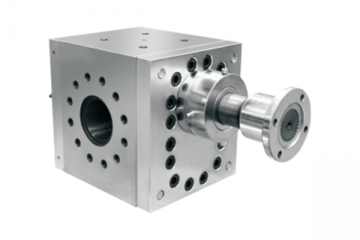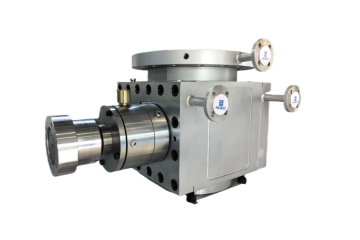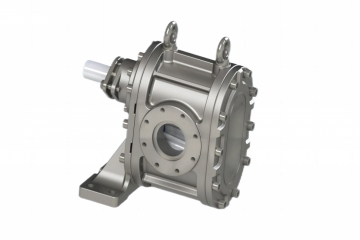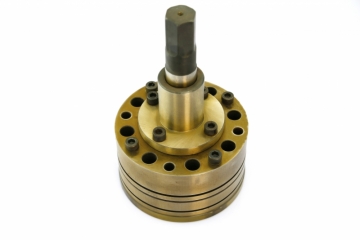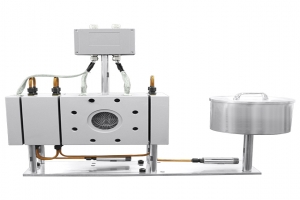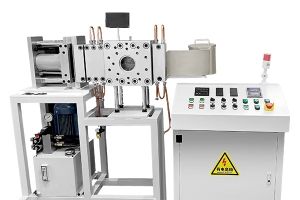Leveraging its advantages of continuous production, efficient filtration, and automated control, the belt-type fully automatic screen changer is widely applied in scenarios with stringent requirements for production continuity, product quality stability, and automation level. The following are its core application scenarios and detailed analyses:
I. Production of High-Value-Added Plastic Products
High-End Film/Sheet (e.g., Optical Film, BOPP Film)
Requirements: Extremely high uniformity in film thickness (within ±1μm) and pressure fluctuations during screen changes must be ≤0.5 MPa to avoid thickness deviations caused by unstable melt flow.
Advantages: The belt-type screen changer enables seamless switching through continuous movement of the filter belt, minimizing pressure fluctuations (≤0.3 MPa) and ensuring surface smoothness and thickness uniformity of the film.
High-Transparency ABS/PC Products (e.g., Automotive Lamp Covers, Mobile Phone Cases)
Requirements: Complete filtration of impurities in the melt (filtration accuracy ≥200 mesh) to avoid defects such as black spots and crystal points.
Advantages: The belt-type screen changer supports multi-stage filtration (e.g., coarse + fine filtration combinations) and real-time renewal of the filter belt, ensuring melt purity.
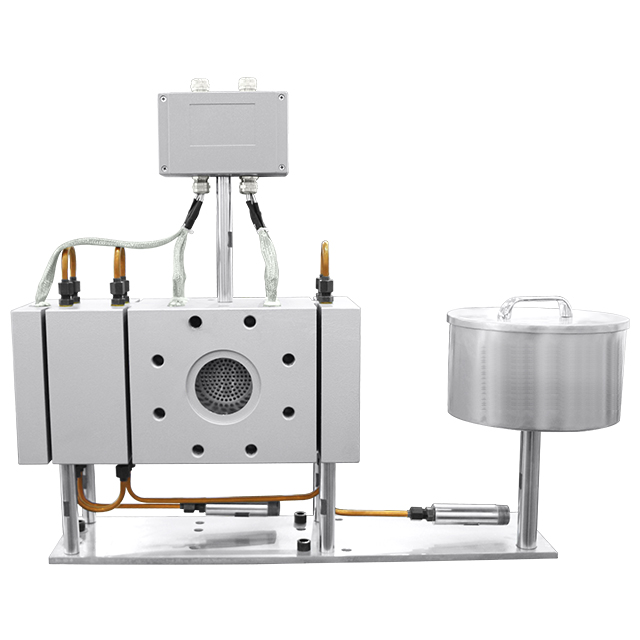
II. Large-Scale Continuous Production Lines
Pipe/Profile Extrusion (e.g., PVC Drain Pipes, PE Gas Pipes)
Requirements: The production line must operate continuously for 24 hours, with losses from a single screen change stoppage reaching tens of thousands of yuan (e.g., equipment restart, raw material waste).
Advantages: The belt-type screen changer enables non-stop screen changes with a switching time ≤0.5 seconds, reducing annual downtime by over 50 hours.
Chemical Fiber Spinning (e.g., Polyester, Nylon Filament)
Requirements: Melt viscosity fluctuations during spinning must be ≤5%, and screen changes must avoid filament breakage or fuzz.
Advantages: The belt-type screen changer ensures stable melt pressure during screen changes through constant pressure control technology, reducing filament breakage rates to below 0.1%.
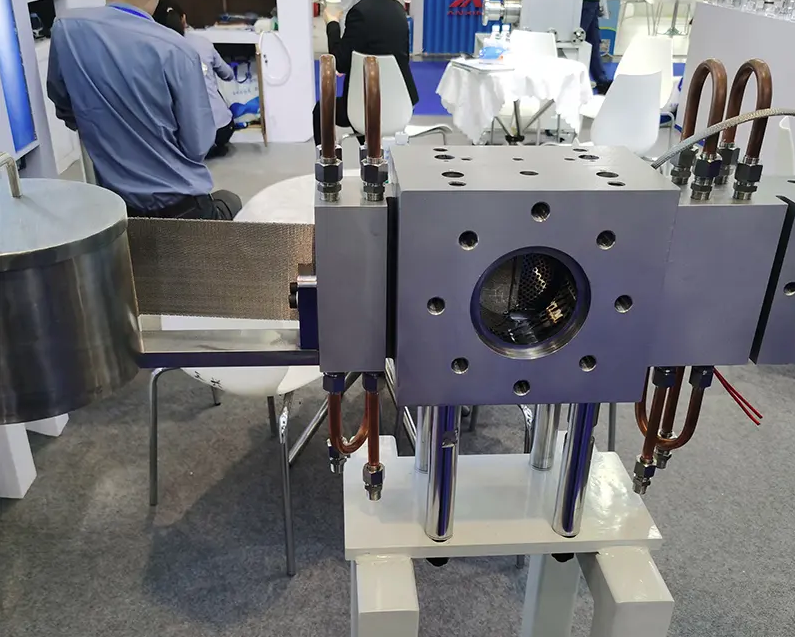
III. Recycled/Modified Material Processing
Production of Recycled Plastic Pellets (e.g., PE, PP Recycled Materials)
Requirements: Recycled materials contain high levels of impurities (e.g., paper scraps, metal shavings), requiring frequent screen changes (3-5 times per shift) and low efficiency with traditional screen changers.
Advantages: The belt-type screen changer supports high-speed screen changes (switching time ≤0.3 seconds) and automatic winding of the filter belt, increasing screen changes per shift to over 10 times.
Modified Plastic Production (e.g., Flame-Retardant ABS, Reinforced PA)
Requirements: Modified materials contain glass fibers and flame retardants, causing severe wear on filters and requiring regular replacements.
Advantages: The belt-type screen changer features a modular design for quick filter belt replacement (≤5 minutes), reducing downtime.
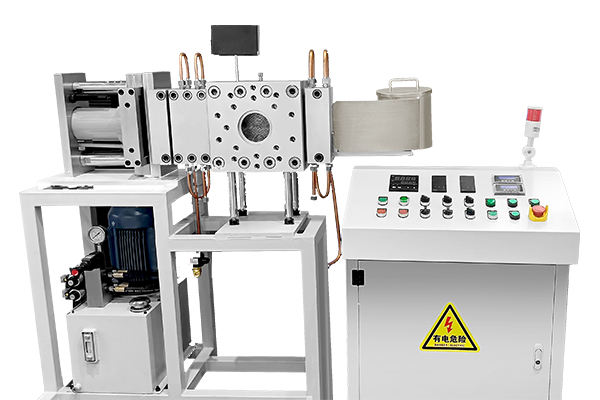
IV. Scenarios with Special Process Requirements
Multi-Component Co-Extrusion (e.g., AB-Layer, ABC-Layer Composite Pipes)
Requirements: Melts of different components must be filtered independently to avoid cross-contamination, and screen changes must be synchronized.
Advantages: The belt-type screen changer can be equipped with a multi-channel independent filtration system, supporting separate screen changes for each component to ensure interfacial quality of composite layers.
High-Temperature Melt Processing (e.g., PEEK, PPS Engineering Plastics)
Requirements: Melt temperatures ≥350°C require screen changers to be high-temperature and corrosion-resistant, with no melt degradation during screen changes.
Advantages: The belt-type screen changer uses high-temperature alloy materials (e.g., Inconel 625) with a temperature resistance ≥400°C and avoids local melt overheating through constant temperature control.
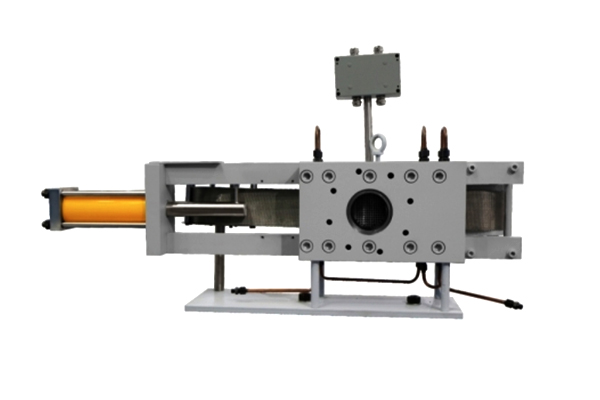
By meeting the demands of the aforementioned scenarios, the belt-type fully automatic screen changer can significantly enhance production efficiency, product quality, and economic benefits, making it the top choice for high-end plastic processing enterprises.






